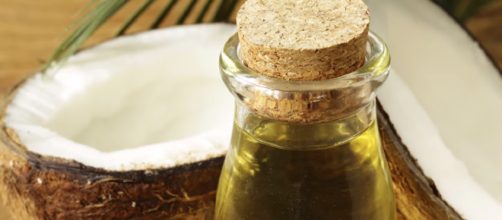Anyone who likes music can tell you, the coconut is a truly miraculous fruit. For if you put the lime in the coconut, it can cure a stomach ache, right? Actually, there is a bit of truth to that. It is advised that you not use coconut milk, but rather coconut water mixed with lime juice to cure nausea.
Over time, the coconut has revealed a number of interesting, innovative uses; utilizing both its outer shell and the fruit within. Because of the way the coconut is formed, biologists refer to it as a drupe (a sub-classification of fruit). This classification refers directly to a fleshy fruit within a tough exterior.
Coconut cultivation before modern conveniences can be traced back genetically
Geneticists have discovered that long before grocery stores and regular import and export, there were two distinct lines of lineage. In other words, the genetics of the coconuts seem to come from two different places: the Pacific and Indian ocean. Individual genetics only began to merge when trade routes were beginning to be established.
The difference between coconuts found in Florida and the coconuts in Mexico and the Pacific coast is clear. This is a direct result of colonization and trade.
The benefits of using coconut oil over veggie oil are pretty clear
We have all seen this in the media in the past couple of years.
There has been a variety of diet fads and health trends coming out to curb our nation's struggle with obesity. Needless to say, most of the quick fixes simply do not work as advertised and if they do, you wind up with health issues after losing the weight too quickly. The best healthy alternative to these crash diet plans is to start with the basics of your diet. Do you cook with oil? Do you eat greasy foods as a matter of convenience? A healthy diet starts at home. Try using coconut oil as your alternative.
Utilizing coconut oil rather than vegetable can drastically reduce your risk of heart disease and inflammation in the body as a whole. Vegetable oil contains unsaturated fats which break off and result in free radicals.
These tiny inconvenient little troublemakers travel throughout the body and attach, causing general pain and inflammation. This is why after eating a fast food meal, you feel bloated and might even experience stomach pain and body aches. Eating should not make you tired; food is our energy source.
Our metabolism digesting our food is supposed to be our powerplant, so to speak. If your metabolism is weighed down and over-worked, it cannot provide you with energy. Coconut oil, on the other hand, contains particular types of saturated fats. These helpful little fats encourage simple digestion. This substitute is especially beneficial to those who have difficulty digesting fats such as athletes.
Coconut oil's most interesting uses
- Make-up remover
- Mascara brush cleaner
- Lice treatment
- Organic for pets
- deodorizer
- flea treatment
- arthritis soother
- fungal infection preventer
- Homemade products
- soaps
- lotions
- moisturizers
- Irritated skin soother
- Sunscreen
- Frizzy hair smoother
- Leather moisturizer
- Nose-bleed preventer
- Stretchmark preventer
- Diaper cream
- Chewing gum remover
The coconut plant is one of the most versatile plant species on our planet
The outer shell of the coconut contains tough, coarse fibers. This area is called the coir. Around the world, various cultures utilize the coir fibers for making brooms, brushes, doormats, rope, string, and fishing nets. The shell can be used for potted plants, carved into musical instrument bodies, used for aquariums or even ground up and used in exfoliation products.
The husk can be used for potted plants, and discarded husks are utilized in various household products and flooring. When the shell and husk are combined, they can be made into a fuel source. They can even be used as a mosquito repellant when burned.
Coconut leaves are useful in the creation of cooking skewers, door mats, baskets, roofing, brooms, and or even arrows. The trunk, like any other tree, is mostly used to make furniture and shelters. Coconut roots can be used in dyes, mouthwash, and can be fashioned into a toothbrush if needed.


